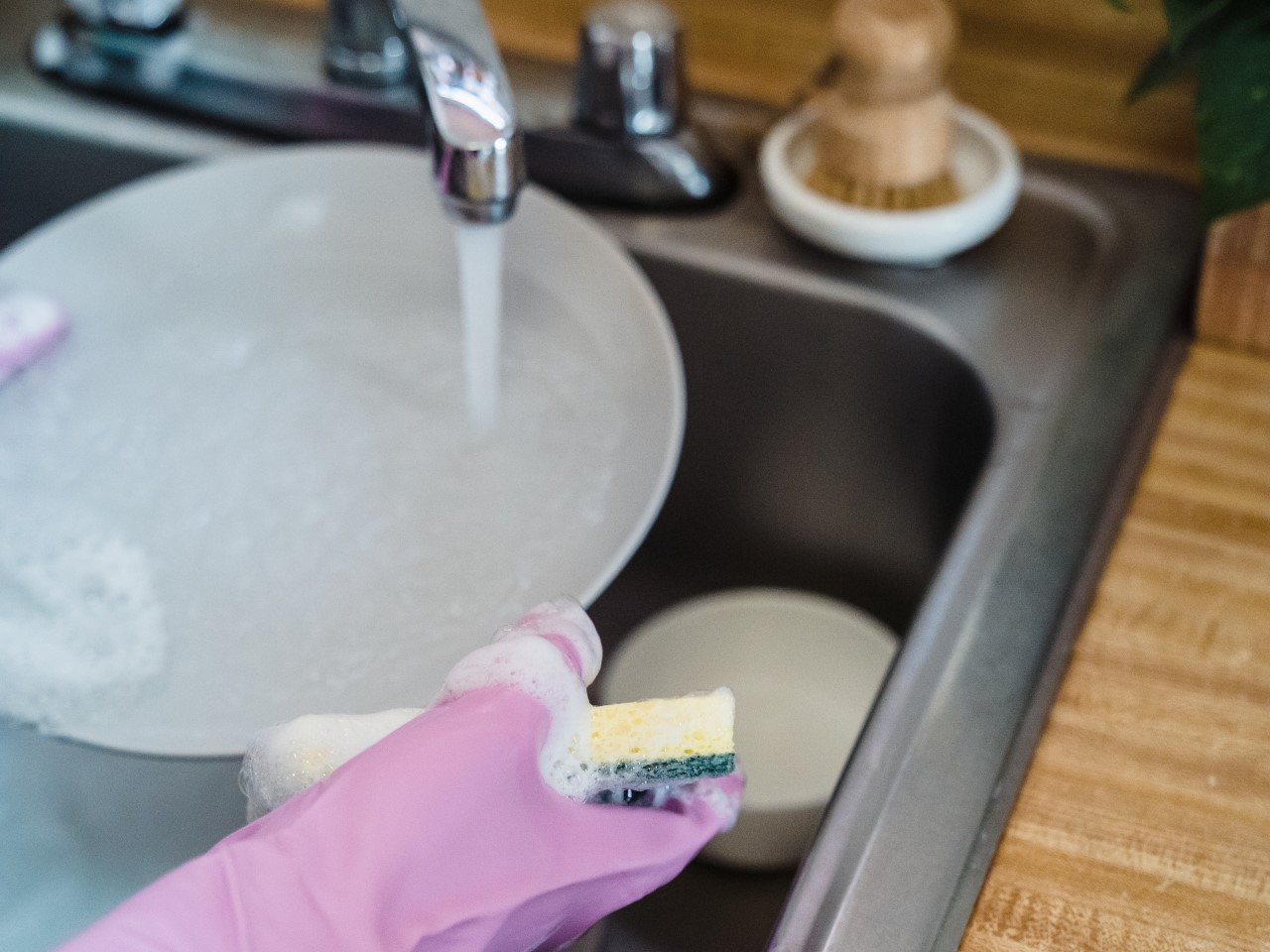On 2nd October water company business plans for 2025-2030 were submitted to Ofwat, who will scrutinise them to determine whether they represent value for money for water bill payers.
Earlier in the year, we asked you to have your say about water companies’ draft Water Resources Management plans. Six months on, these have been updated to final plans, alongside ‘Drainage and Wastewater Management’ plans – which focus on the dirty side of the water equation. These two plans form the basis for how water companies will manage water and sewage for the next five years and underpin the just-released business plans.
Below, we assesses the updated plans from Affinity Water, South East Water, Southern Water, SES Water and Thames Water – the companies operating across the South East Rivers Trust’s (SERT) area.
You can still have your say
We’re urging you to take further action to ensure these plans leave our rivers and the environment in a better state.
Now that plans have been submitted, Ofwat is encouraging you to continue to have your say and question the companies about the details.
This autumn, the companies will host Your Water, Your Say sessions (listed at the bottom of this blog). You will be able to speak to water company representatives, in groups and online, about their plans.
Alternatively, you can write to the Secretary of State for the Environment with your comments at water.resources@defra.gov.uk or fill in a survey about the plans, by 1st December.
What are these plans and why do we care?
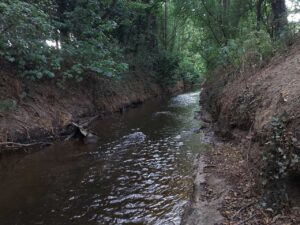
Water Resources Management Plans (WRMPs) set out how water of sufficient quantity and quality will be supplied to the population for the next 50 years.
This is a massive challenge in the south east, where we face a shortfall of 2.6 billion litres if nothing is done.
The WRMPs include plans to build new ‘supply schemes’ such as reservoirs, water recycling plants and water transfers from other regions, as well as ‘demand measures’ – for example by fixing leaks and encouraging wise water use – to reduce water use per person.
At SERT, we care about these plans because ultimately water for use in our homes and businesses is pumped from rivers and groundwater aquifers, which also feed many waterways and their habitats. As climate change bites and the population grows, demand for water is increasing; if water resources are not managed appropriately, rivers and wetland environments will suffer.
Meanwhile, Drainage and Wastewater Management Plans (DWMPs) set out how sewer and drainage systems will be upgraded to cope with population growth and peaks in surface water as rainstorms become more frequent and intense with climate change.
Clearly, the current sewage treatment system isn’t fit for purpose, with raw sewage spilling into rivers and coastal areas on a near daily basis. SERT wants the DWMPs to ensure sewage systems are upgraded at pace and measures are implemented to slow the flow of stormwater into sewers and prevent sewer overflows. This is the first time that water companies have been obliged to develop DWMPs and we welcome their existence.
Do the updated plans respond to our calls for change?
Earlier in the year, we responded to consultations on the WRMPs, and a year ago to consultations on the DWMPs.

Leakage – some improved promises made
SERT, along with many customers and stakeholders, have urged the water companies to do more to tackle leakage.
Water companies in the region are aiming for the government’s target of 50% leakage reduction by 2050, but now with additional interim targets: 20% by 2027 and 30% by 2032.
Thames Water loses around a quarter of the water it puts into supply through leakage; it is particularly encouraging to see an increase in ambition since their draft plan, which only aimed for a 16% reduction by 2030.
We challenged SES Water to roll out ‘smart’ water meters to all customers, household and non-household, by 2030.
We are delighted the company has committed to doing so. Smart meters will help to quickly identify leaks in homes, schools and other buildings.
Leaks from plumbing in homes and buildings, including ‘leaky loos’, currently account for about a third of leakage. Meters will also help customers use water more wisely.
Per person targets for water standardised
Many respondents to the WRMP consultations, including SERT, urged water companies to have stronger targets for personal consumption of water use. We said that Thames Water’s aim that people should use only 123 litres per person per day lacked ambition, particularly when other water companies in the region were going further.
Therefore we are pleased that all water company plans now meet the Government target of 110 litres per person per day – and with new interim targets.
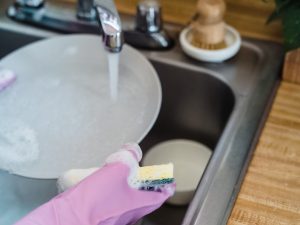
For non-household water users – such as businesses, schools, hospitals – water companies are now aligning with the government’s new Environment Improvement Plan target of a 15% reduction in water use by 2050. South East Water, for example, is aiming to achieve this through smart metering for business customers, alongside water efficiency audits and measures to support reductions in water use.
This is welcome given the significant number of ‘thirsty’ businesses in their area, including fruit farms and golf courses.
While it is positive that water companies have stepped up their demand management strategies in response to customer and stakeholder pressure, companies are admitting that the new targets are challenging. Meeting them will require ‘fresh thinking’ and innovative approaches and will rely heavily on the pace of government-led interventions, such as introducing water efficiency labelling on showers and toilets.
Improved positions on reducing unsustainable abstraction
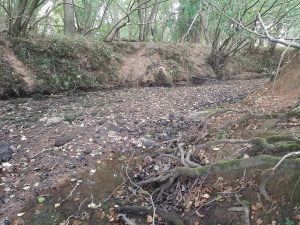
SERT, alongside many others, supported the most ambitious reductions in water abstraction, particularly from sensitive rivers and aquifers that feed rare chalk streams. We also challenged water companies to increase the pace of abstraction reductions and ensure a robust approach to prioritising them.
So, we are pleased to see that the regional water resources plan looks to deliver reductions more quickly and that further work on prioritisation will be carried out with stakeholders such as ourselves.
In Thames Water’s plan, while we are supportive of abstraction reductions in the Darent valley, we would like to see abstraction reductions in the upper Darent advanced more quickly – this river has been over-abstracted for decades. In the Hogsmill, an over-abstracted chalk stream in south east London, SES Water and Thames Water have been undertaking investigations to establish the effect of abstraction reductions on stream flow.
It is clear there would be a flow benefit of reducing abstraction from the Hogsmill, and we welcome Thames Water’s proposal to reduce abstraction by 10.2 megalitres per day. We urge that this is implemented as soon as possible. We recognise that the shortfall in supply needs to be met but hope that the companies will consider the extra water that would be delivered to London via the Hogsmill itself if flows were increased.
Water supply schemes – big projects going ahead, but…
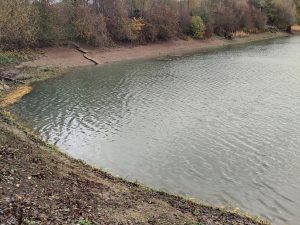
While curbing leakage and encouraging wise use of water will be crucial for addressing our water scarcity challenge, the deficit cannot be met entirely with these ‘demand measures’ – water supply solutions will also be needed.
For this reason, we are supportive of reservoir schemes being progressed in the next water company business plans. These include South East Water’s Broad Oak reservoir in Kent and extending Arlington reservoir in Sussex – provided that they are built on the basis of beneficial or negligible impacts to local freshwater habitats.
The long-proposed reservoir near Abingdon in Oxfordshire (Thames Water) is also being progressed, at the larger size of 150 million cubic meters. Despite local opposition, many customers and stakeholders recognise its importance in securing the south east’s water supplies for future generations. From SERT’s perspective, it will also facilitate reducing unsustainable abstraction from sensitive freshwater habitats such as chalk stream headwaters.
We do have concerns about some of the other water resources schemes being proposed, including the Teddington Direct River Abstraction on the Thames, where there are still questions about the impact on the river ecology.
Thames Water insists that the scheme meets the ‘required level of protection set out by the Environment Agency’ and say that the company is conducting more detailed studies and working with the community to understand and address concerns.
Value of nature-based solutions has been recognised
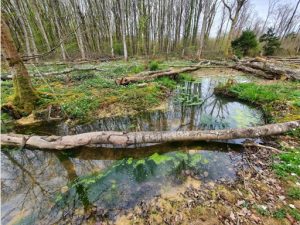
Catchment and nature-based solutions are approaches that work with the landscape to retain more water in soils and wetlands.
They allow rainwater to infiltrate into soils and aquifers, replenishing water sources rather than rainwater rushing off the land to cause pollution and flooding.
These approaches offer additional benefits, including increasing habitat for wildlife and carbon sequestration, as well as better value compared to ‘grey’, engineered solutions such as storage tanks and drains.
Encouragingly, after the draft WRMPs only contained one such catchment scheme between them – which was hugely disappointing – last-minute changes to guidance enabled 73 schemes across 24 catchments to be entered into the revised plans.
Sewer overflows action still too slow
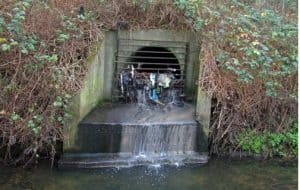
We welcome the existence of Drainage and Wastewater Management Plans (DWMPs) for the first time.
The targets in the individual DWMPs from each company reflect what has been set out in the Government’s Storm (sewage) Overflow Reduction Plan and in the Defra Plan for Water, published in April this year.
The Government’s plans – if met – mean that 52% of such sewage overflows would be improved by 2040 and all by 2050.
We feel these timelines are too slow. We want cleaner rivers to enjoy now, not in 25 years.
These timelines are also off track to achieve the Water Framework Directive, which requires all rivers to reach Good Ecological Status by 2027 – sewage overflows currently account for 12% of rivers not achieving Good Ecological Status.
We welcome the accelerated rate of tackling sewage overflows in the Thames Water DWMP – with 51% of overflows being improved by 2035. The plan also includes upgrades to 30 sewage treatment works across the Thames Valley by 2030, and the investigation of options for a new sewage treatment plant in the London area.
Southern Water’s DWMP will reduce the use of all their 979 sewer overflows to less than 10 times per year, but only by 2050. However, by 2030 they have committed to reducing the number of spills from sewer overflows by 80%. They say they will start by tackling the overflows that release close to high priority sites, such as shellfish waters, between 2025 and 2030, and bathing sites by 2035.
We welcome the drive in the DWMPs towards nature-based solutions. Southern Water is prioritising the use of these solutions over ‘grey’, engineered solutions to address sewer overflows. There are wildlife, amenity and carbon benefits to these approaches, as well as cost savings: Thames Water says that its plan, which also prioritises nature-based solutions, is two-thirds the cost of a ‘grey-only’ plan.
Verdict
Overall, while we still think some elements of the plans could be fast-tracked, we welcome the increase in ambition since the draft plans.
The business plans amount to £96 billion of investment across England, which is desperately needed to keep our rivers clean and flowing and to ensure plentiful water supplies.
It’s important that customer money is used transparently, responsibly and cost effectively. This is why we urge water companies and government to prioritise nature-based solutions, which offer good value for money, as well as improved resilience to floods and droughts – and benefits for nature.
These should be delivered in partnership with local environmental NGOs that have the expertise and local connection to rivers.
What YOU can still do
Water companies have to demonstrate customer support for their business plans. To enhance and maintain the environmental ambition of these plans in the face of government push back, it’s important that you, as water customers, make your voice heard.
The five-year Business Plans were sent to Ofwat on 2nd October.
Here are the links to the 2025-2030 plan for the five companies in SERT’s area.
Each company is now offering an online Your Water, Your Say session to allow customers and stakeholders to challenge the plans.
We urge you to join these sessions to voice your support for:
- ambitious abstraction reduction targets
- increasing the pace of tackling sewer overflows
- prioritising the use of nature-based solutions.
The dates are as follows (known links provided):
Affinity Water Wednesday 18th October 6pm
SES Water Thursday 16th November 6pm
South East Water Tuesday 31st October 6pm
Southern Water Monday 27th November 6pm
Thames Water, Thursday 30th November 5pm
See our attached document for questions you can ask your water company, along with general ones for each supplier.

